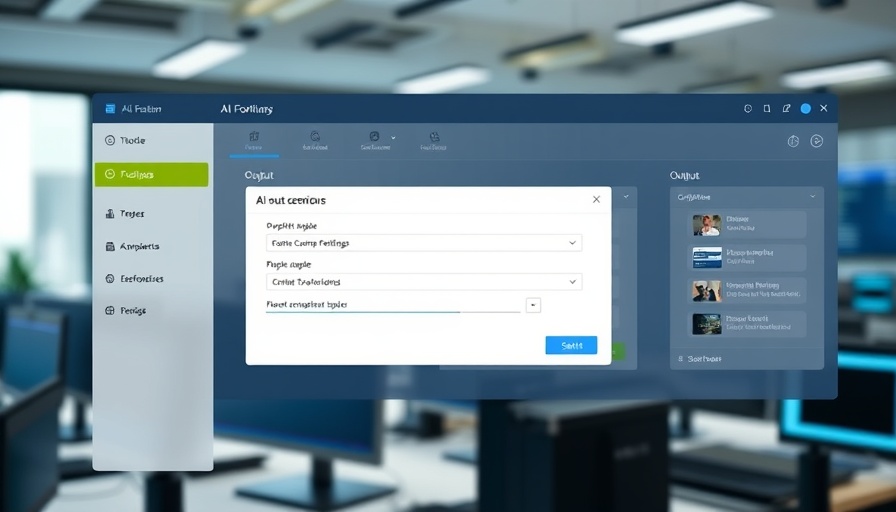
The Power of Facebook Ads: Unleashing Marketing Potential
In today's digital environment, Facebook ads have emerged as a cornerstone for marketing professionals seeking to engage and convert potential customers effectively. With a reach exceeding 2.8 billion users globally, the platform offers unique opportunities for businesses of all sizes. In this article, we explore compelling examples of Facebook ads that have sparked engagement and conversion, while also diving into the rationale behind their success.
Engagement-Driven Examples of Successful Facebook Ads
Several brands have mastered the art of captivating their audience through innovative Facebook ads. For instance, Airbnb's ad strategy uses stunning visuals of unique properties paired with compelling storytelling, enticing users to imagine their next adventure. Pulling at the audience's desire for exploration and unique experiences has proven successful for this travel giant.
Another notable example is Headspace, which uses short video ads prominently featuring calming animations and demonstrations of their meditation app. By focusing on mental wellness and the simplicity of their platform, they evoke emotional resonance, prompting viewers to click through for more information and encouraging installation.
Why These Ads Work: The Psychology Behind the Visuals
What sets these successful ads apart? One fundamental principle of effective advertising is understanding the psychological drives behind consumer behavior. The use of high-quality imagery, emotional triggers, and clarity in messaging fosters a connection that transcends traditional advertising tactics.
Experts highlight that ads featuring human faces are 95% more likely to attract attention than those without, illustrating the significance of relatability in social media marketing. Furthermore, A/B testing has shown that including a call-to-action within the ad copy can boost engagement by up to 10%. These insights illuminate the reasons why specific strategies resonate with audiences.
Current Trends Shaping Facebook Advertising
As we navigate new challenges and opportunities in 2024, understanding trends is imperative for marketers looking to optimize their strategies. The introduction of short-form video content has skyrocketed in popularity on social platforms, particularly with the rise of TikTok. Brands are now leveraging this trend with succinct, engaging video ads designed to capture viewers' short attention spans.
Moreover, personalization continues to be a game changer. Facebook's advanced targeting options allow marketers to fine-tune their ads based on user behavior, preferences, and demographics, increasing the likelihood of conversion. Businesses leveraging these capabilities are more likely to engage and convert users than those relying on a one-size-fits-all approach.
Unlocking the Future of Facebook Advertising
Looking forward, the landscape of Facebook advertising is poised for transformation. As digital privacy laws evolve, businesses need to adjust their strategies to navigate compliance while maintaining effectiveness. Additionally, the rise of AI and machine learning can automate ad placements and audience segmentation, creating a more streamlined and efficient process for marketers.
Marketing professionals need to stay informed on these trends to develop strategies that not only comply with regulations but also leverage new technologies for improved engagement and conversion rates. Exploring tools that facilitate automation and analytics will empower marketers to refine their campaigns effectively.
Conclusion: Embracing Change in Facebook Advertising
As the world of digital marketing continues to evolve, adapting to changes in policy, technology, and consumer behavior is vital. By analyzing successful Facebook ad examples and understanding their underlying strategies, marketers can glean insights for their campaigns. The future may hold challenges, but with the right tools and knowledge, the potential for growth and profitability remains strong.
To stay ahead in this dynamic field, continually educate yourself on emerging trends and adjust your strategies accordingly. Embrace innovative approaches and connect with your audience authentically—the results will speak for themselves.
 Add Row
Add Row  Add
Add 




Write A Comment